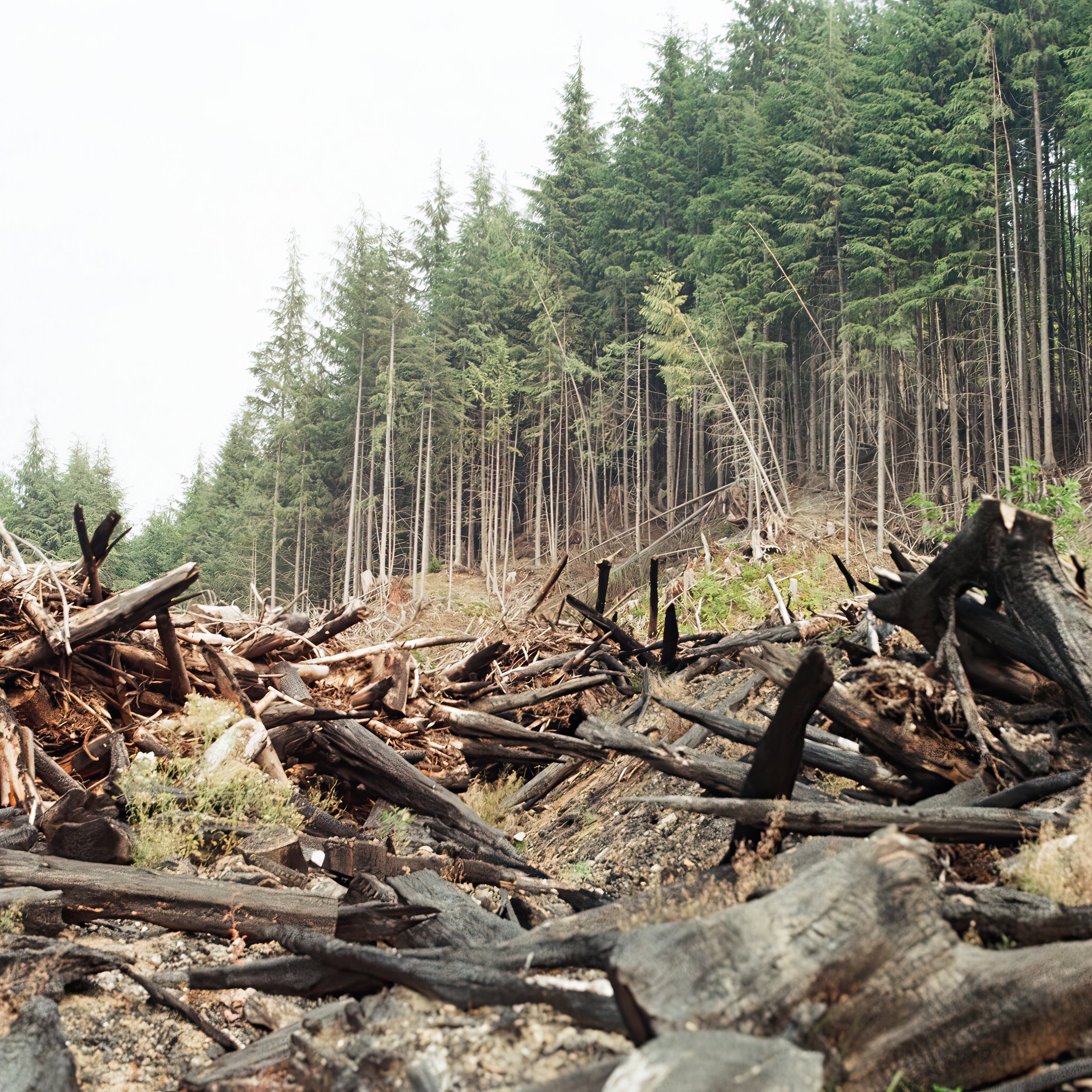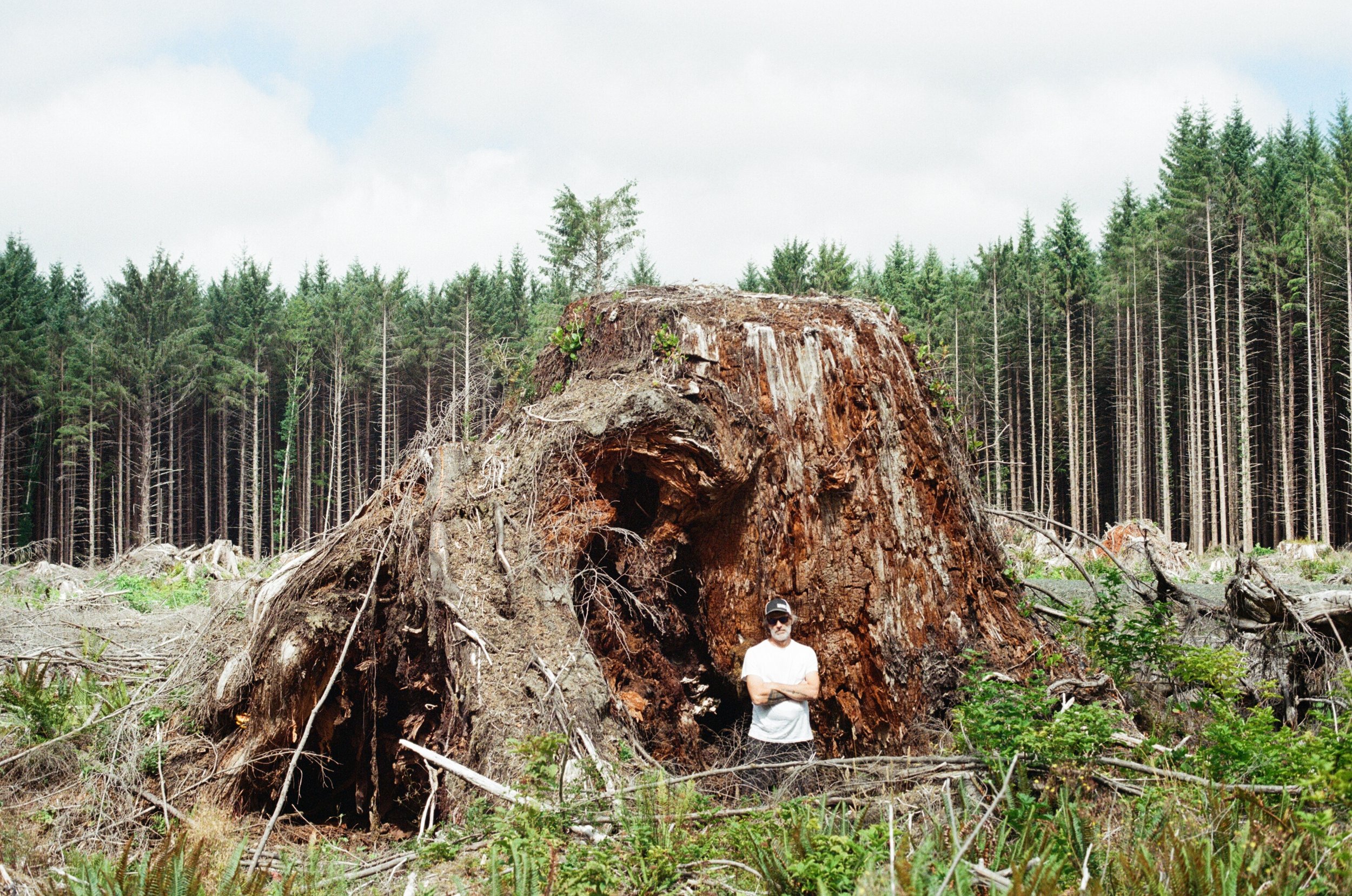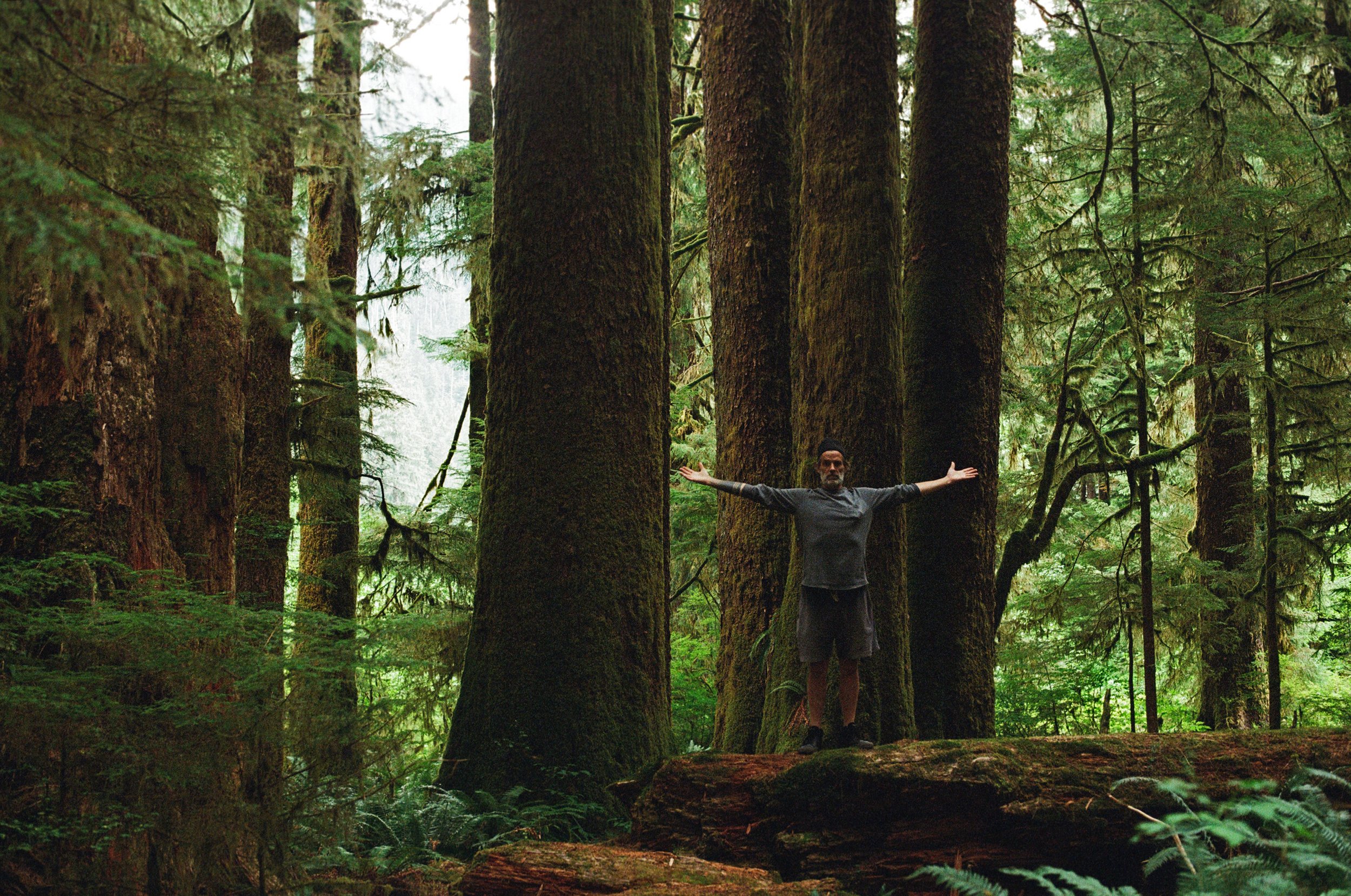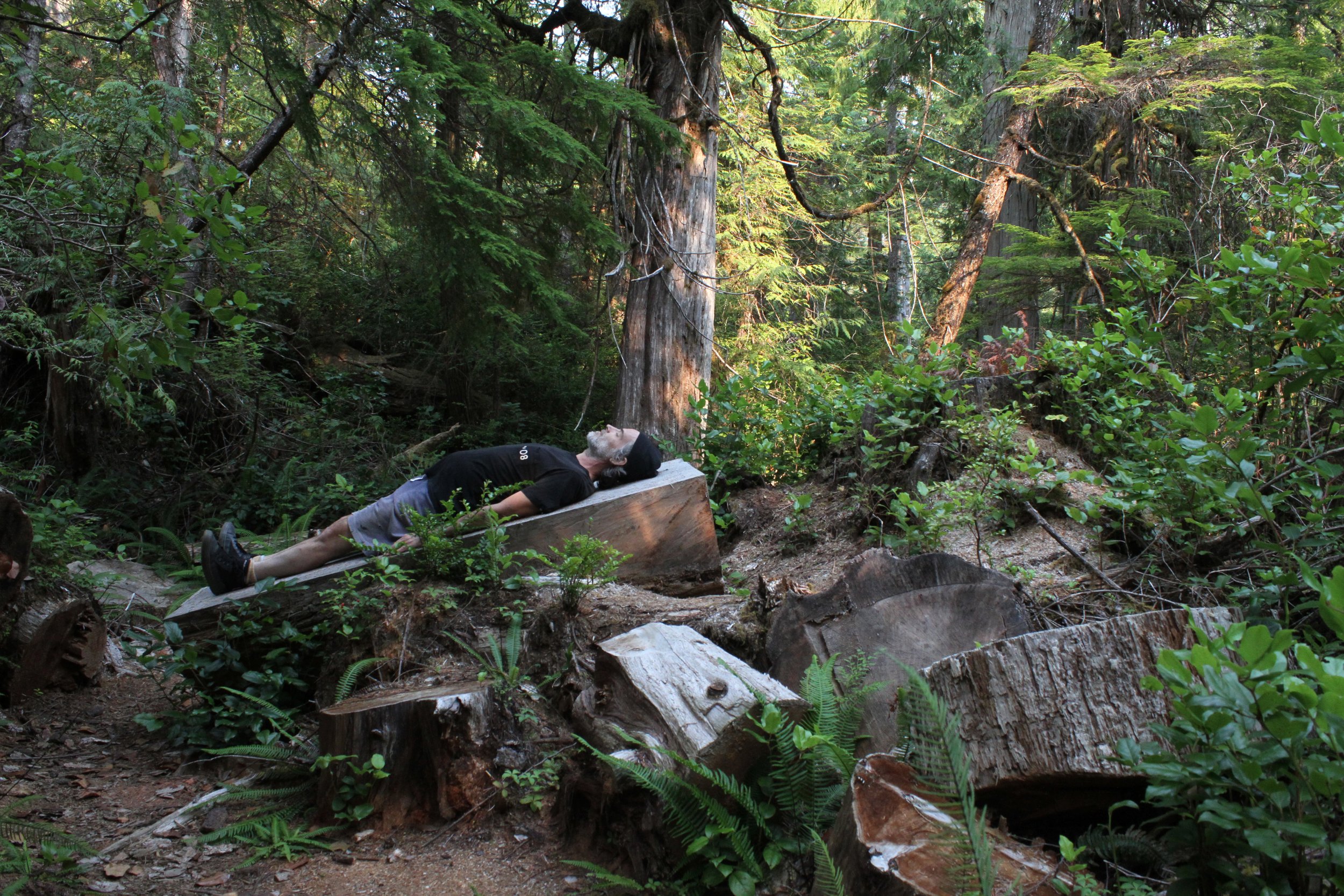
“I don’t presume to grasp Aboriginal knowledge fully. It comes from a way of knowing the earth— an epistemology— different from that of my own culture. It speaks of being attuned to the blooming of the bitterroot, the running of the salmon, the cycles of the moon. Of knowing that we are tied to the land— the trees and animals and soil and water— and to one another, and that we have a responsibly to care for these connections and resources, ensuring the sustainability of these ecosystems for future generation and to honour those who came before. Of treading lightly, taking only what gifts we need, and giving back. Of showing humility toward and tolerance for all we are connected to in this circle of life. But what my years in the forestry profession have also shown me is that too many decision- makers dismiss this way if viewing nature and rely only on select parts of science. The impact has become too devastating to ignore. We can compare the condition of the land where it has been torn apart, each resource treated in isolation from the rest, to where it has been cared for according to the Secwepemc principal of k̓wseltktnews (translated as “we are all related”) or the Salish concept of nə́c̓aʔmat ct (“we are one”). We must heed the answers we’re being given.”
- Suzanne Simard, Finding the Mother Tree: Discovering the Wisdom of the Forest















